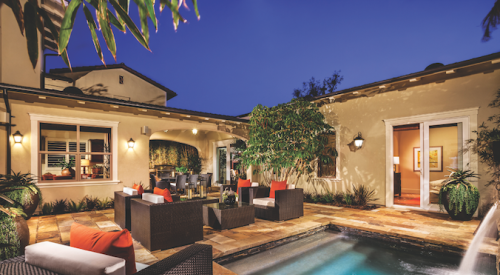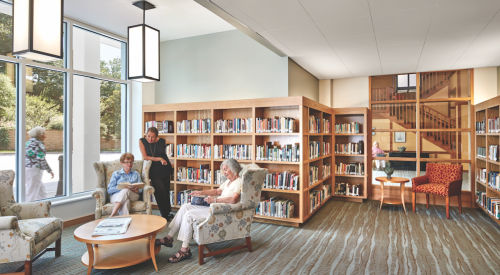With several homebuyer types all vying for the same stock, a gap is forming between consumer housing preferences and the available options, Forbes reports.
Members of Generation Z, the 18- to 24-year-olds now aging into home shopping, prefer diverse neighborhoods to homogeneous ones. Baby boomers value wellness and want home proximity to healthcare. Millennials would rather own a vacation home and rent their primary residence, but either way seek properties with a decent back yard. And super seniors, the elder-most cohort, are trying to stay in the homes they’ve paid off, or if they must, move in with a family member.
“World War II happened. Levittown happened. We’ve been following that (housing approach) for 70 years,” he said. Yesterday’s prevailing three-bedroom two-bath home now has four bedrooms and three baths, but it’s basically the same; but consumer needs have changed.
Costello noted how nuclear families today account for just 20% of homebuyers; surpassed by singles at 28%; couples without children at 25%; multiple adult cohabitants (such as multi-generation households, whether that means young adults with their parents or the latter and their parents), at 20%; and single-parent families, 7%.













